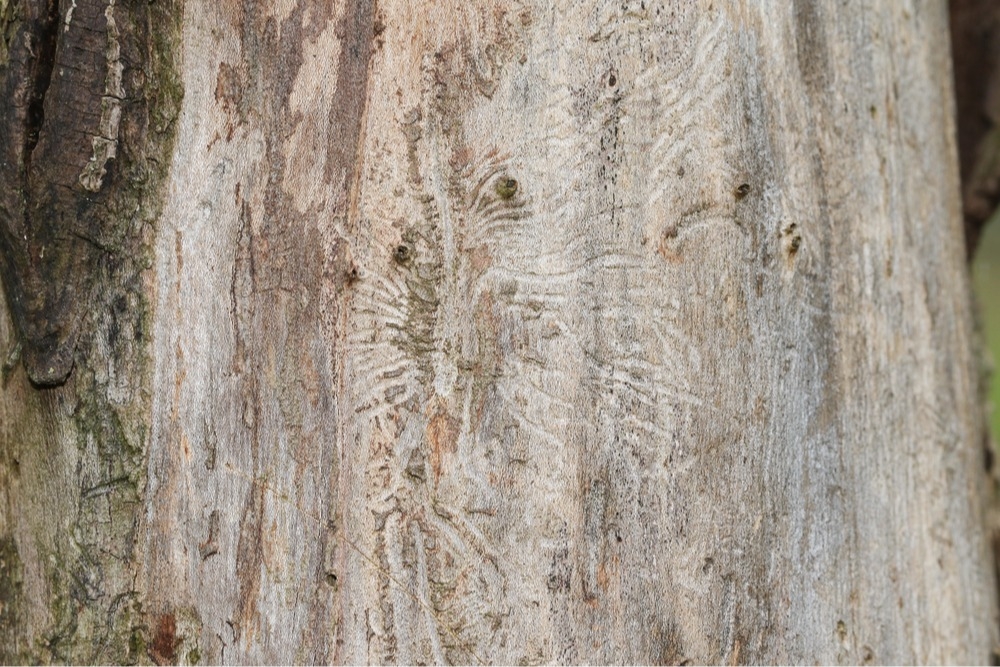What to Do About Dutch Elm Disease
Elm trees add tons of shade and beauty to your yard and while these trees can be hardy and well-suited to the climate in Colorado, they’re not without their vulnerabilities. Elms are particularly susceptible to a fungal disease called Dutch elm disease. This disease is spread by beetles as they bore into the bark and can cause premature death for the trees on your property. But there are some things you can do to treat trees with active infections. Here’s how to adequately support and care for infected trees so you can increase their chances of survival.
Inject the Tree With Fungicide
The most common preventative treatment method for dealing with Dutch elm disease is a simple injection of fungicide that’s formulated to specifically target the Dutch elm fungi. This injection is administered beneath the bark in healthy trees on your property. Once the injection has a chance to circulate through the trees’ vascular systems, it acts as a protective barrier against new infection. If a beetle carrying the fungus burrows into the protected elm, the fungicide may be able to prevent the fungus from taking root. Though you’ll still have to deal with beetle damage, your tree will be healthier and better able to survive. This treatment should only be administered by a plant health care expert.
Prune the Infected Limbs
Dutch elm disease takes time to spread throughout the entire tree and that’s good news. It means you may be able to remove the damaged growth and save the rest of the tree. Depending on the spread, you may end up with a canopy that’s shaped oddly or have to trim multiple limbs away, but the rest of the tree may survive.
If you think your tree has Dutch elm diseases and are considering pruning the infected limbs, don’t try to do it on your own. Schedule a professional tree trimming appointment with your plant health care team and let them assess the condition of your tree. The last thing you want to do is miss a piece of the infection and end up losing your tree.
Remove the Whole Tree
If the infection is severe, you may not be able to save it, but you may be able to save other elms on your property or in your neighborhood from contracting the fungus. The best way to do that is to remove the infected tree entirely. As a general rule, tree removal is something you should always leave to the pros. They’ll make sure the rest of your property is safe during the removal and can dramatically reduce the impact that removing the tree will have on your yard and your landscaping. Even better, they’ll be able to haul away the infected tree so the disease can’t continue spreading on your property.
Deal With Dutch Elm Disease Quickly
If you think one of your elm trees is infected with Dutch elm disease, don’t wait to see if it gets worse. Contact the team at Root Tree Service and schedule a consultation. Our experienced plant health care specialists will assess your tree and help you determine the best next steps for both the tree and the rest of the plants on your property.
Go Back Inject the Tree With Fungicide
The most common preventative treatment method for dealing with Dutch elm disease is a simple injection of fungicide that’s formulated to specifically target the Dutch elm fungi. This injection is administered beneath the bark in healthy trees on your property. Once the injection has a chance to circulate through the trees’ vascular systems, it acts as a protective barrier against new infection. If a beetle carrying the fungus burrows into the protected elm, the fungicide may be able to prevent the fungus from taking root. Though you’ll still have to deal with beetle damage, your tree will be healthier and better able to survive. This treatment should only be administered by a plant health care expert.
Prune the Infected Limbs
Dutch elm disease takes time to spread throughout the entire tree and that’s good news. It means you may be able to remove the damaged growth and save the rest of the tree. Depending on the spread, you may end up with a canopy that’s shaped oddly or have to trim multiple limbs away, but the rest of the tree may survive.
If you think your tree has Dutch elm diseases and are considering pruning the infected limbs, don’t try to do it on your own. Schedule a professional tree trimming appointment with your plant health care team and let them assess the condition of your tree. The last thing you want to do is miss a piece of the infection and end up losing your tree.
Remove the Whole Tree
If the infection is severe, you may not be able to save it, but you may be able to save other elms on your property or in your neighborhood from contracting the fungus. The best way to do that is to remove the infected tree entirely. As a general rule, tree removal is something you should always leave to the pros. They’ll make sure the rest of your property is safe during the removal and can dramatically reduce the impact that removing the tree will have on your yard and your landscaping. Even better, they’ll be able to haul away the infected tree so the disease can’t continue spreading on your property.
Deal With Dutch Elm Disease Quickly
If you think one of your elm trees is infected with Dutch elm disease, don’t wait to see if it gets worse. Contact the team at Root Tree Service and schedule a consultation. Our experienced plant health care specialists will assess your tree and help you determine the best next steps for both the tree and the rest of the plants on your property.
